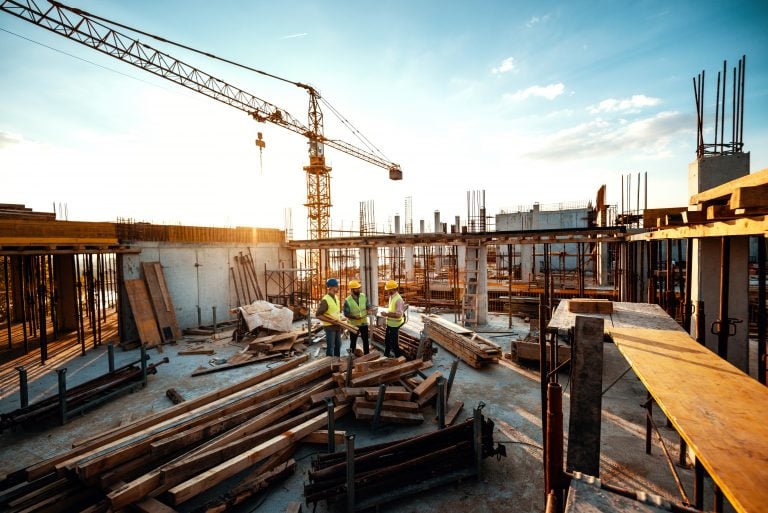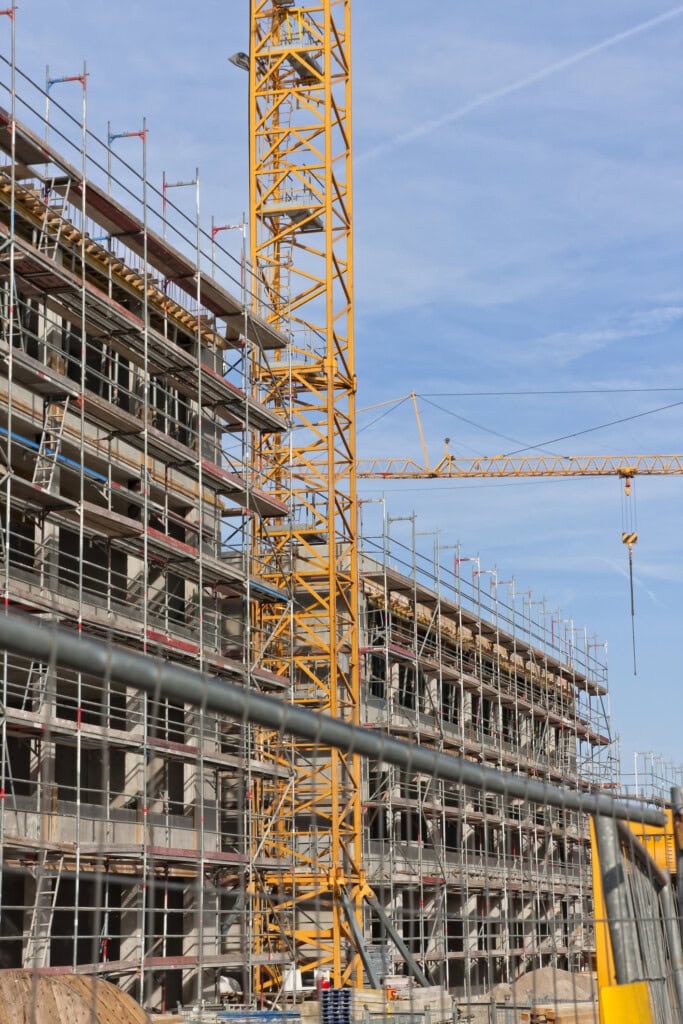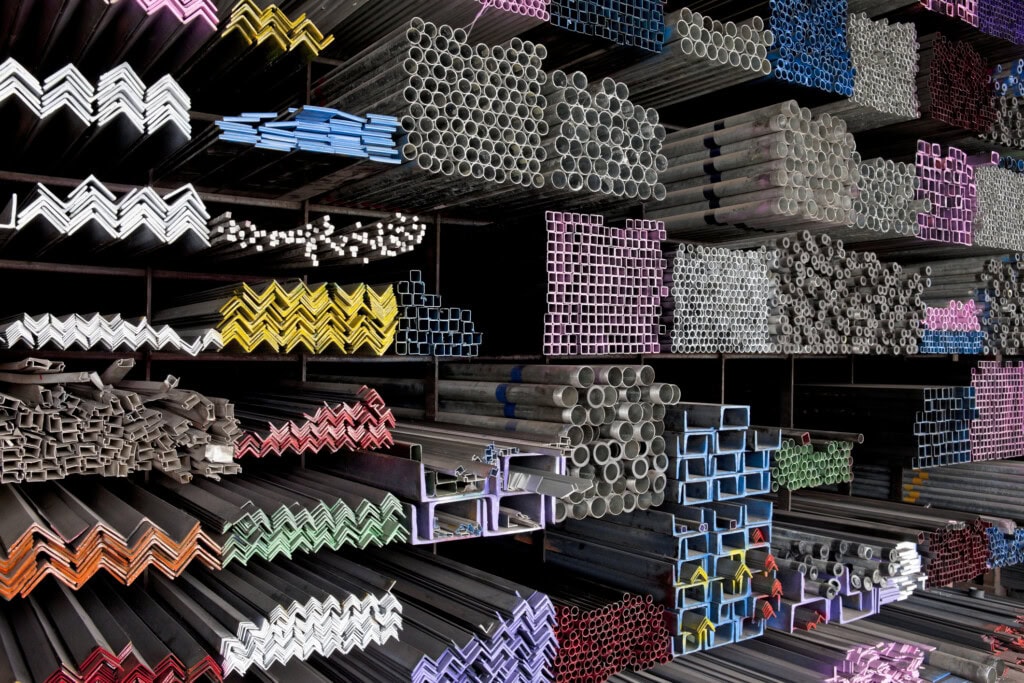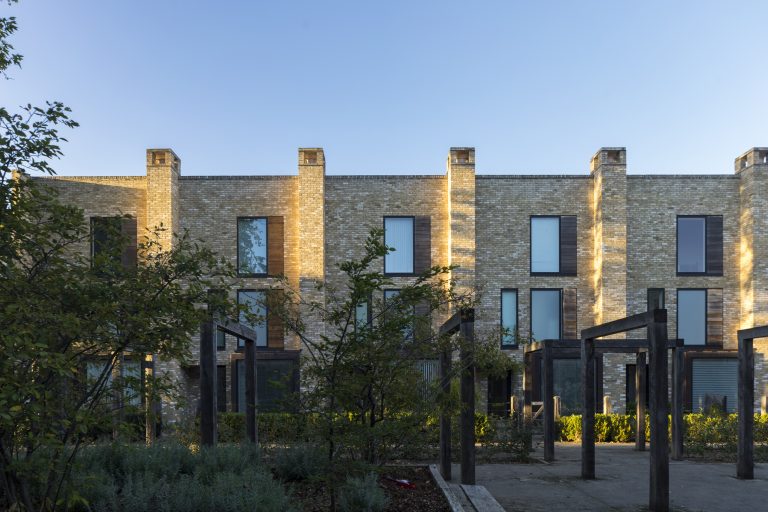Taking Action for Consistent Early-Stage Embodied Carbon Measurement

The government is stepping up its scrutiny on the environmental impact of construction, as demonstrated by the commissioning of the recent AECOM report Consideration of Embodied Carbon in New Buildings. The report underscores the urgent need for consistency in measuring whole-life carbon (WLC) emissions.
At UKGBC, we create space, through our forums, to enable our members – consultants, engineers, quantity surveyors, Life Cycle Assessment (LCA) specialists and more – to discuss challenges and share ideas and solutions. Building upon the release of our work in relation to embodied carbon modelling and reporting, a Whole Life Carbon Modelling forum was proposed to continue the discourse on this topic. This blog highlights how a working group of our members within this forum progressed from talk to action, in attempts to bring greater clarity, consistency and confidence to early-stage embodied carbon modelling.
The Challenge of Inconsistent Early-Stage Carbon Modelling
Across the UK’s built environment sector, one issue stood out to the forum working group – the lack of consistent, centralised data for construction materials.
During early design stages (RIBA Stages 2 and 3), the demand for embodied carbon data is growing, yet it seems practitioners are often relying on fragmented databases or assumptions in order to model. The result? Inconsistent and incomparable carbon calculations.
The working group found that some of the commercial WLC tools, while extensive, can overwhelm new LCA practitioners at early design stages, with thousands of material options. This can slow down assessments, introduce variability, and it makes benchmarking difficult.
For more guidance on approaches to embodied carbon assessment at each RIBA workstage click here

Developing a Shared Materials Database
Within the forum, consensus quickly emerged: a simple, shared, generic materials database is needed for early-stage carbon modelling. So, the working group pooled their collective knowledge to create a resource that lists generic construction materials and their associated Global Warming Potential (GWP) values.
Antonia Vavanou, Senior Consultant at Arup – formerly with Ramboll during the project – reflects on the importance of this work:
With so many variations in generic materials and loose specifications at early design stages, the need for a consistent baseline is urgent. By convening those on the front line of Whole Life Carbon modelling, we’re not just building a database, we’re building alignment, clarity, and a shared foundation for credible carbon performance across the UK built environment.”
The resource aims to:
Benefits of the Resource
Clarity and consistency across WLC studies.
Faster assessments at RIBA Stages 2 and 3.
Better benchmarking between projects and across the industry.
Integration potential with LCA software and digital tools.
Challenges and Considerations
The working group recognise that this is an early prototype rather than a finished product. The content included is generic rather than project-specific, and the resource will require regular updates to stay relevant as standards, products and data evolve. Questions around ownership, long-term governance and funding to maintain the resource remain to be resolved. These realities are shared openly because they underline the importance of ongoing dialogue and collaboration.
The resource currently covers a number of key materials common to most building and infrastructure projects, including concrete, reinforcement, steel, masonry, timber, aluminium, plasterboard, insulation, aggregates and other granular materials, glass, coatings, asphalt and bitumen.

The absence of standardisation in carbon values for generic materials has made it difficult to compare projects reliably. This work is a grassroots response to that gap, establishing a consistent baseline that supports credible assessments and offers clear guidance for both newcomers and seasoned professionals across the built environment.”
Miguel Angel Lopez, Principal Sustainability Engineer at WSP
Shape the Next Version

If you work in the built environment, email anz@ukgbc.org to review the resource and share your experiences, thoughts and suggestions with the working group. The resource will be made available for the next 12 months.
By working collectively, we can create a more consistent and transparent foundation for measuring, and ultimately mitigating, embodied carbon in the buildings we design, construct, and retrofit.
This resource is one small but important step towards that goal.
Built by the Industry, for the Industry
This resource was co-created through one of the UKGBC’s forums, with invaluable input from professionals across the UK’s built environment. We gratefully acknowledge contributions from individuals representing the following organisations: Arup; AtkinsRealis; Bennetts Associates; Buro Happold; CBRE; Currie & Brown; GCP Chartered Architects; Laing O’Rourke; Max Fordham LLP; Mott MacDonald; PLP Architecture; Ramboll; Skidmore, Owings & Merrill (SOM); Turner & Townsend; Verte Ltd; WS.
Join Us
UKGBC forums are an exclusive benefit of our membership and one of many opportunities for members to collaborate, network and co-create practical tools for the industry. We run a large number of topic-specific forums throughout the year. Find out more about UKGBC membership here and about our forums here.
Related
Challenges and Opportunities in Commercial Retrofit

NZWLC Industry Pulse Check: Whole life carbon measurements and agreed limits

Impactful offsetting: using regenerative farming to generate carbon credits

The Whole Life Carbon Roadmap – 4 Key Findings You Might Have Missed


